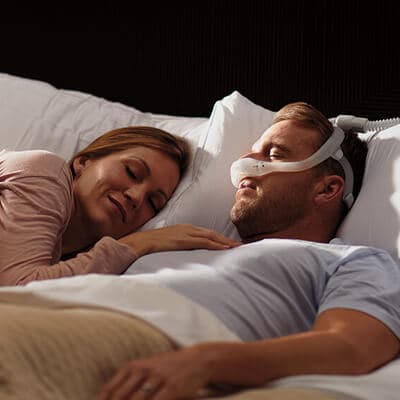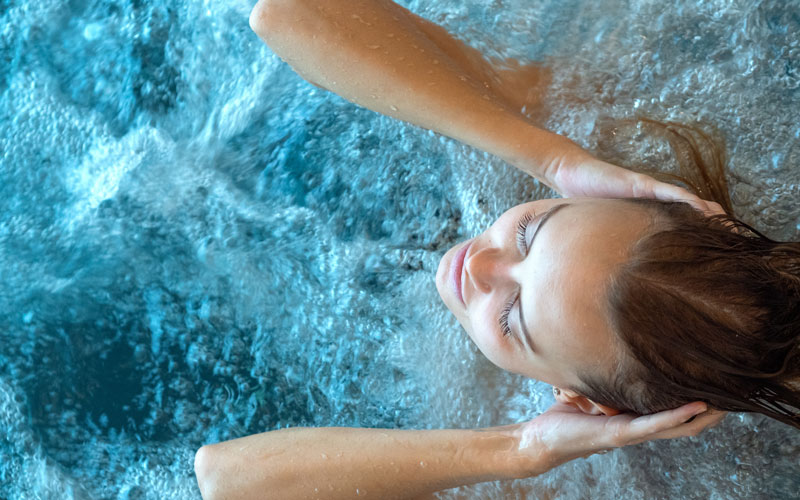Cognitive Behavioral Therapy for Insomnia (CBT-I) - Proven Methods
Cognitive Behavioral Therapy for Insomnia (CBT-I) - Proven Methods
Blog Article
Efficient Treatment Solutions for Handling Rest Disorders and Enhancing Relaxed Rest
In the realm of healthcare, the administration of sleep disorders and the quest for peaceful sleep are critical parts of general health. As we navigate the complex landscape of sleep disorders and look for to boost our sleep experience, a deeper understanding of these therapy remedies may hold the secret to opening a much more rejuvenating and meeting corrective trip.
Cognitive Behavior Modification for Sleeplessness (CBT-I)
Cognitive Behavior Modification for Sleep Problems (CBT-I) is an organized, evidence-based treatment approach that focuses on attending to the underlying factors adding to rest disturbances. This sort of therapy intends to customize behaviors and ideas that exacerbate sleep problems, ultimately promoting healthy and balanced sleep patterns. CBT-I typically involves several crucial components, consisting of cognitive treatment, sleep restriction, stimulus control, and sleep health education.
Cognitive treatment helps individuals determine and alter unfavorable idea patterns and ideas concerning sleep that might be impeding their capability to drop or remain asleep. Rest limitation entails limiting the quantity of time invested in bed to match the individual's actual rest period, thereby increasing rest efficiency (sleep deprivation help). Stimulus control methods help establish a solid organization between the bed and rest by urging individuals to go to bed just when drowsy and to stay clear of taking part in promoting activities in bed
In addition, rest hygiene education concentrates on establishing healthy and balanced rest habits, such as maintaining a consistent rest schedule, producing a relaxing bedtime routine, and maximizing the sleep environment. By addressing these elements comprehensively, CBT-I supplies a reliable non-pharmacological intervention for managing sleep problems and enhancing total sleep top quality.
Rest Hygiene Practices
Having actually established the structure of cognitive restructuring and behavioral alterations in attending to insomnia via Cognitive Behavioral Treatment for Sleeping Disorders (CBT-I), the emphasis now moves in the direction of discovering important Rest Hygiene Practices for preserving optimum rest top quality and total well-being.
Rest hygiene methods incorporate a series of habits and ecological elements that can dramatically influence one's capacity to sleep and remain asleep throughout the night. Regular rest and wake times, creating a relaxing going to bed routine, and maximizing the sleep setting by keeping it dark, silent, and cool are vital elements of good rest hygiene. Limiting direct exposure to displays prior to going to bed, staying clear of energizers like high levels of caffeine near to bedtime, and taking part in routine exercise during the day can also promote far better sleep top quality.
Furthermore, practicing relaxation techniques such as deep breathing exercises or meditation before bed can aid calm the mind and prepare the body for sleep. By integrating these rest health methods into one's day-to-day routine, individuals can establish a healthy sleep pattern that sustains relaxed sleep and overall well-being.
Leisure Techniques and Mindfulness
Carrying out leisure strategies and mindfulness techniques can play a home remedies for rls crucial function in promoting a feeling of tranquility and advertising high quality sleep. In addition, directed imagery can assist deliver people to a serene location in their minds, assisting in stress decrease and boosting rest quality.
By including these techniques into a bedtime routine, people can signal to their bodies that it is time to prepare and relax for sleep. Overall, integrating leisure methods and mindfulness methods can dramatically contribute to handling sleep conditions and enhancing total rest quality.

Medication Options for Sleep Disorders
After discovering leisure techniques and mindfulness practices as non-pharmacological treatments for boosting rest high quality, it is important to take into consideration medicine choices for individuals with sleep i loved this disorders. In cases where way of life modifications and therapy do not provide sufficient relief, medication can be an important tool in taking care of rest disruptions.
Typically prescribed drugs for sleep disorders include benzodiazepines, non-benzodiazepine hypnotics, antidepressants, and melatonin receptor agonists. Benzodiazepines, such as diazepam, are sedatives that can assist cause rest, however they are generally suggested for temporary use due to the risk of reliance. Non-benzodiazepine hypnotics like zolpidem are additionally used to treat insomnia and have a lower danger of reliance compared to benzodiazepines. Antidepressants, such as trazodone, can be advantageous for people with co-occurring depression and sleep disturbances. Melatonin receptor agonists, like ramelteon, target the body's natural sleep-wake cycle and can be helpful for controling rest patterns.
It is crucial for individuals to seek advice from with a doctor to establish the most ideal medicine option based upon their specific sleep condition and case history.
Light Therapy for Body Clock Regulation
Light therapy, additionally called photo-therapy, is a non-invasive therapy approach used to manage body clocks and enhance sleep-wake cycles. This therapy involves direct exposure to brilliant light that mimics all-natural sunlight, which aids to reset the body's interior clock. By revealing individuals to details wavelengths of light, generally in the early morning or evening depending upon the preferred impact, light therapy can efficiently readjust the body clock to advertise wakefulness during the day and improve relaxed sleep during the night.
Study has actually shown that light therapy can be especially useful for individuals with body clock conditions, such as postponed sleep stage disorder or jet lag. It can additionally be useful for those experiencing seasonal affective problem (SAD), a kind of clinical depression that typically occurs throughout the cold weather when natural light direct exposure is lowered. Light therapy is usually check this well-tolerated and can be made use of combined with other treatment methods for sleep disorders to optimize outcomes and enhance general rest top quality.
Final Thought
Finally, reliable therapy options for handling sleep conditions and boosting peaceful rest include Cognitive Behavioral Therapy for Sleeping Disorders (CBT-I), sleep hygiene techniques, leisure techniques and mindfulness, medication options, and light therapy for body clock law. These strategies can assist individuals enhance their sleep quality and general wellness. It is necessary to talk to a healthcare supplier to identify the most ideal approach for attending to rest concerns.
As we browse the detailed landscape of rest disorders and look for to enhance our rest experience, a deeper understanding of these therapy solutions may hold the key to unlocking a much more refreshing and satisfying corrective trip.
Rest constraint involves limiting the quantity of time invested in bed to match the person's actual rest duration, thus raising rest performance. Constant sleep and wake times, developing a relaxing going to bed regimen, and optimizing the sleep atmosphere by keeping it dark, quiet, and cool are important parts of great sleep hygiene. Light therapy is usually well-tolerated and can be used in combination with other treatment methods for rest conditions to enhance end results and improve total sleep high quality.

Report this page